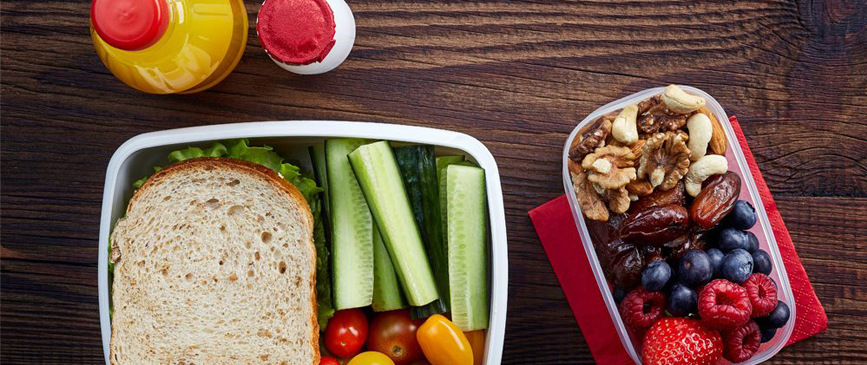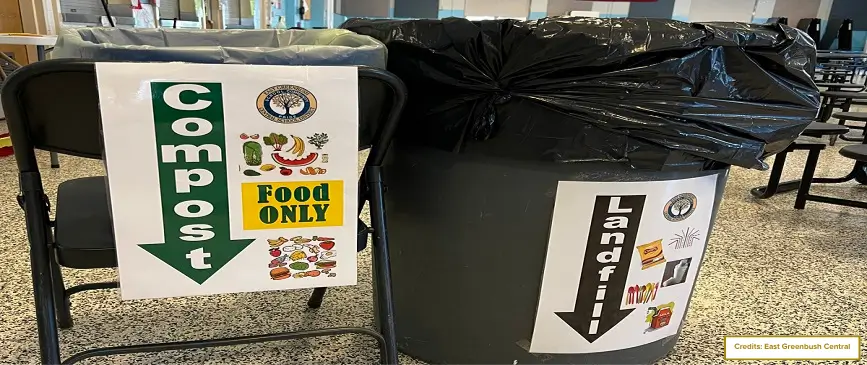By Wesley Yiin / Pittsburgh Post-Gazette
When City Charter High School recently served chicken Caesar salad as its hot lunch, some gawked at the presentation: chicken pieces, cheese and dressing on top of whole leaves of romaine lettuce.
And they had to cut it with a knife and fork.
But most at the Downtown school ate it anyway. And if they didn’t, they ate fresh fruit, soups, sandwiches and other salads, all offered by the school and prepared by an on-site chef.
Some brought chips or snacks with them, but nothing too filling.
“There’s a McDonald’s right down the street,” CEO and principal Ron Sofo pointed out.
His message was clear: If students really hated the healthier meals, they could get their lunches elsewhere.
Across the country, some school officials have said they are struggling to meet the requirements of the Healthy Hunger-Free Kids Act, which went into effect in 2012, saying healthier meals cost more to prepare and students don’t like them and throw them away.
Congressional Republicans have introduced a proposal that would waive the requirements for districts that can show the standards create an economic hardship.
At City High, the healthier meals do cost more — but not prohibitively more — and represent an investment in students’ health.
While some students do complain about the food, the popularity of the lunches has doubled at the school where 69 percent of the school’s students are eligible for federally subsidized lunches, school officials said.
City High’s move to a new Downtown location in January 2012 coincided with the new regulations, a new kitchen, new dining staff and new meals.
Before the move, of the school’s 609 students, only 250 ate school lunches. Now, approximately 500 of the 652 students eat the meals provided by the school.
In the 2011-12 school year, about 90,000 total meals were served at a net cost of $70,000, factoring in government subsidies, food costs, personnel costs and a small amount of revenue, according to Richard Wertheimer, former principal and co-founder of City High.
This marks a $34,000 increase from the net cost of $36,000 with the old lunch program, though Mr. Wertheimer noted that $70,000 is still less than 1 percent of the school’s more than $9 million budget.
Mr. Wertheimer said he believes City High is a perfect example of how an inner-city school can provide healthy meals at a cost that fits well within the school’s budget.
At suburban schools that don’t rely so much on the federal subsidy, he said schools could charge more for improved lunches — $3.50 or $3.75, as opposed to City High’s $3 — and break even.
“I’m telling you, [schools] can produce good food,” he said. “It’s not brain surgery. It can be done.”
Mr. Wertheimer believes that the entire school staff must be enthusiastic about the healthy meals in order to spread that excitement to students.
“You have to sell the program,” Mr. Wertheimer said. “It’s just like anything else in the world. You sell it, and people get excited by it.”
Leaders of the food program at Environmental Charter School at Frick Park in Regent Square echoed Mr. Wertheimer’s call for a community effort.
Kelsey Weisgerber, the school’s food service director, credits the program’s success and positive reception by students and parents to school staff and teachers for being excited about food and promoting healthy choices.
The charter school’s meals are prepared off-site at Pittsburgh Community Kitchen. Nikole Sheaffer, the school’s director of innovation and development, urged other entrepreneurs to consider similar partnerships, believing that it could help alleviate some of the cost issues that come with healthy
lunches.
Environmental Charter School also differs from other schools in that food is a central part of its environmentally focused curriculum. A healthier lunch program thus fits well into the day-to-day lessons.
But it comes at a price: The total school lunch cost for 2012-13 was $187,000. Ms. Sheaffer said the program was “not a moneymaker for us,” though she believes it is necessary since it aligns well with the school’s academic and programmatic goals.
At City High, the numbers have shifted a little since Mr. Wertheimer left the school. The net cost rose to $150,000 for the 2012-13 school year, representing 1.5 percent of the school’s $10 million budget, though Mr. Sofo said in an email that streamlined labor and food costs should bring the net cost down to $104,000 by the 2014-15 school year.
Moreover, the food received mediocre reviews from most students interviewed. Only four of 14 students interviewed began their comments positively, with chief complaints being small portions and lack of variety.
Most students recognized the school’s efforts to make the meals healthier, and all students said the meals were in some way an improvement from what they had previously ate — either at City High’s previous location or in the Pittsburgh Public School system. Still, many ultimately expressed disappointment.
“They try to make [our meals] healthy, but half the time it ends up tasting terrible,” said Shane McCarthy, a senior. His friend Ben Williams, also a senior, took a more moderate view.
“The food itself is a lot better, just a lot less,” he said.
Mr. Sofo does not see students’ criticism and increasing costs as a reason to turn back. Instead, he hopes for funding to increase so that the school may continue to expand their meal offerings and appease students.
Serving healthy meals is about more than just proper nutrition, he said, but also educating students — many of whom live on a tight budget — how to maintain healthy lives.
“Our mission is to maximize success,” Mr. Sofo said. “There is a cost to that.”



